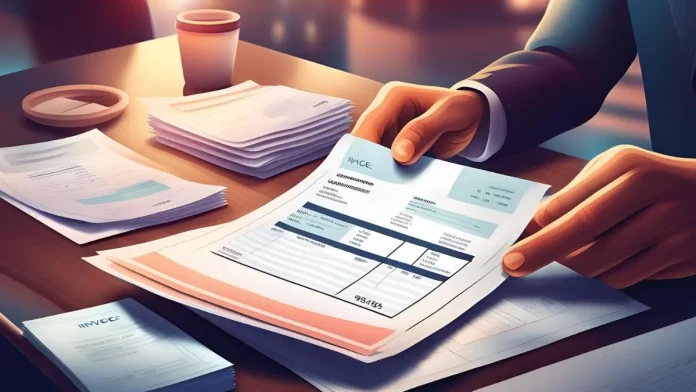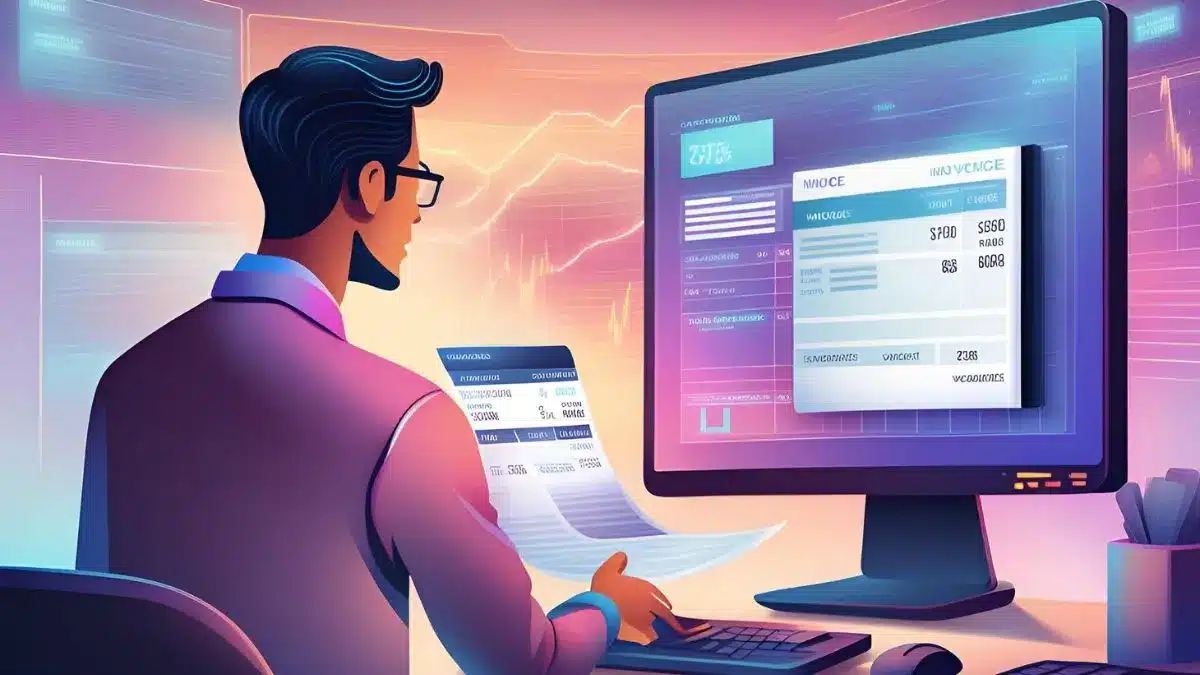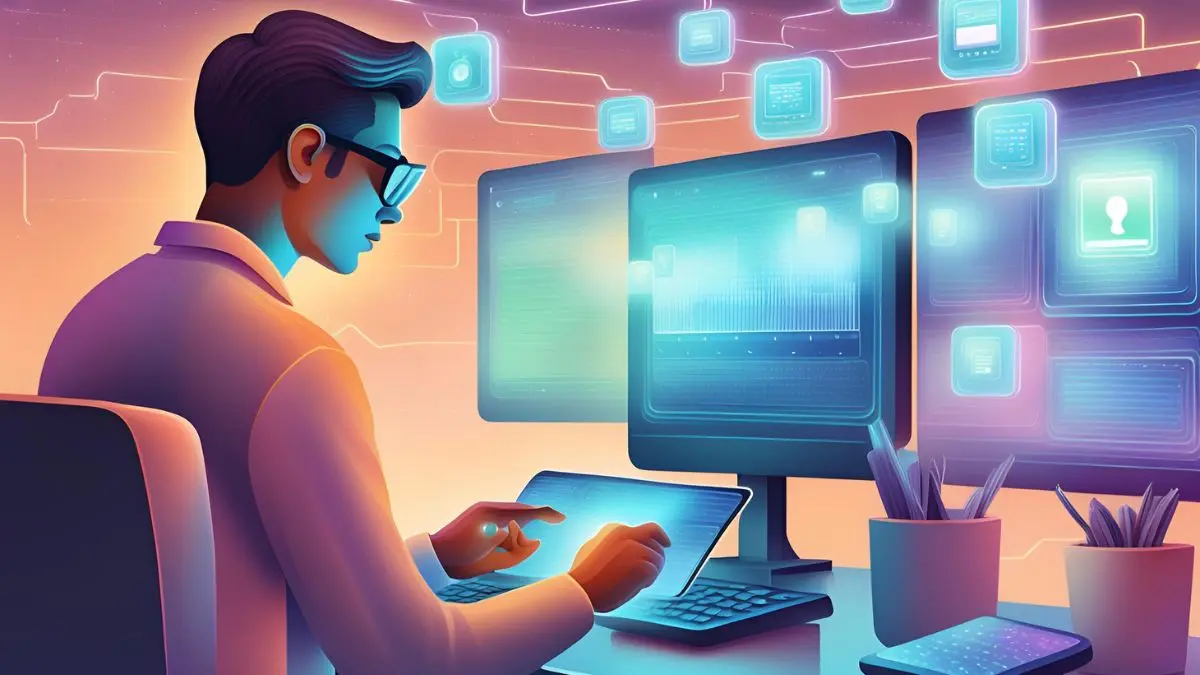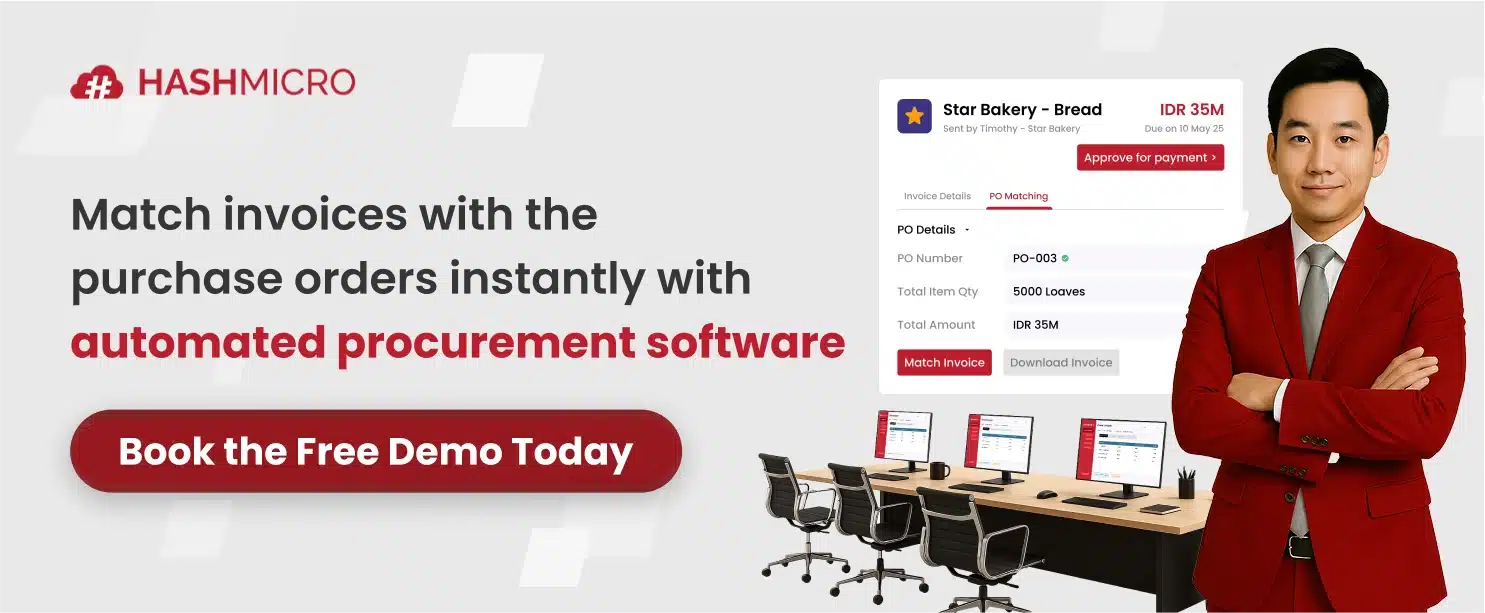Imagine a procurement system where handling invoices is not just efficient but seamlessly integrated, swift, and virtually error-free. This vision comes to life with eBilling, which automates every step of the invoice process, from submission to approval and payment.
To understand eBilling fully, it’s essential to examine its core components and how it operates. eBilling systems typically feature electronic invoice submission, automated approval routing, and integrated payment processing.
Comparing eBilling to traditional methods highlights its numerous advantages. Unlike manual processes that are often slow and error-prone, eBilling offers a more reliable and efficient approach.
Table of Content:
Table of Content
Key Takeaways
|
Understanding eBilling in the Context of Procurement
eBilling is increasingly crucial in modern procurement systems. It automates the submission, approval, and payment processes for invoices, which minimizes manual errors and accelerates the billing cycle.
When integrated with procurement systems, eBilling enhances efficiency and transparency. Real-time tracking capabilities enable quicker discrepancy resolution and strengthen vendor relationships through streamlined online billing.
Additionally, digital invoicing offers valuable data insights, helping organizations refine financial management, improve budget forecasting, and achieve notable cost savings.
eBilling refers to digital invoices or digital billing, replacing traditional paper methods. It automates the entire lifecycle of invoices—from creation and submission to approval and payment.
By integrating with financial and procurement system, eBilling reduces errors and accelerates transactions. This system simplifies record-keeping and offers real-time invoice tracking, ultimately improving overall financial management.
Components of eBilling
To maximize the benefits of eBilling, it’s crucial to understand its essential components. These components work together to ensure accurate, efficient, and timely invoice processing. By examining each element, businesses can enhance their financial management and streamline operations.
- Invoice Generation: Involves creating customizable templates and automated calculations to ensure accurate summation of charges, taxes, and totals. Clear itemization helps customers review and understand charges easily.
- Data Integration: Synchronizes information with existing ERP or accounting software, managing customer profiles and billing history. This ensures that invoice data is always up-to-date and accurate.
- Delivery Mechanism: Invoices are sent through digital channels, such as email or secure online portals. The system should be mobile-compatible for access on smartphones and tablets.
- Payment Processing: Integrates with digital payment gateways (credit/debit cards, ACH transfers) and tracks received payments. It also updates invoice statuses and ensures accurate financial reconciliation.
- Security Features: It uses encryption and access controls to protect sensitive data during transmission and storage and maintains audit trails for compliance and accountability.
- Compliance and Standards: Adheres to local and international regulations, using standard formats like XML or EDI to ensure interoperability and ease of data exchange.
- Reporting and Analytics: Provide financial reporting on billing activities, outstanding invoices, and payment histories. Analytics help monitor billing trends and customer payment behaviors for strategic decision-making.
- Customer Communication: Facilitates notifications, payment reminders, and efficient management of billing disputes. Clear and timely interactions enhance customer satisfaction.
Benefits of eBilling in Procurement
1. Increased Efficiency: eBilling eliminates manual handling and postal delivery, speeding up invoice processing and approval, and streamlining the procurement cycle. By integrating with electronic document interchange systems, eBilling further enhances efficiency through automated and seamless data exchange between businesses.
Elevate your procurement efficiency with e-billing—automate invoice processing, minimize errors, and gain valuable insights into your spending. Experience streamlined workflows and accurate financial management with HashMicro’s Procurement Software that helps you make smarter decisions and drive cost savings effortlessly.
2. Enhanced Accuracy: This feature minimizes errors associated with manual data entry. Integrating procurement and accounting systems ensures consistent and accurate data, reducing discrepancies and disputes.
3. Cost Savings: Reduces costs related to paper, printing, and postal services. Automation cuts down on administrative expenses and labor costs, leading to significant operational savings.
4. Improved Security: Protects electronic invoices with encryption and other security measures, enhancing protection against fraud and unauthorized access.
5. Better Transparency and Tracking: This solution offers real-time visibility into invoice status and processing stages, improving tracking and management throughout the procurement process.
6. Enhanced Compliance: This system is configured to meet regulatory standards, with automated checks and validations ensuring compliance. It simplifies audits and regulatory reporting.
7. Stronger Supplier Relationships: Faster processing and payments improve supplier relationships by ensuring timely payments and clear communication regarding invoice status. The use of online bill pay further accelerates payment cycles, strengthening trust and reliability with suppliers.
eBilling vs. Traditional Invoices
eBilling and traditional invoices represent two methods of handling billing processes. eBilling, or electronic billing, involves sending invoices digitally via email or through an online platform.
In contrast, traditional invoices have been a staple in business transactions, typically involving paper documents sent via mail or hand delivery. This method can lead to delays due to postal times, higher administrative costs, and increased risk of misplaced or lost invoices.
eBilling transforms invoicing by using digital technology to create, send, and manage invoices. It provides faster delivery, automated tracking, and real-time updates while reducing paper, printing, and postage costs. Additionally, eBilling often integrates with financial software, streamlining processes and accelerating payment cycles.
While eBilling simplifies tracking and automates payments, traditional invoices may still be preferred for businesses that rely on paper records or have clients who do not use digital systems.
How eBilling Works
eBilling is a highly efficient method of managing invoices and payments that leverages digital technology to streamline the billing process. By automating the generation, delivery, and tracking of invoices, eBilling minimizes manual errors, reduces processing time, and eliminates the need for physical paperwork.
Curious about how eBilling works? Here’s a concise breakdown of how eBilling works:
- Creation and Submission: Invoices are generated digitally using eBilling software and sent to clients via email or secure online portals, eliminating the need for physical delivery.
- Processing and Payment: Clients receive and view the invoice electronically. Payments are made online through integrated payment systems, ensuring fast and secure transactions.
- Tracking and Management: Both businesses and clients can track invoice status in real time. Automated features handle reminders, payment reconciliation, and reporting, reducing administrative work and errors.
Enhance Your Procurement Workflow with HashMicro’s Software
Procurement software is essential for modern business operations as it streamlines the procurement process, ensuring accuracy and efficiency in billing and financial management. Automating workflows and integrating with financial systems minimizes errors, aligns purchase orders with invoices, and provides valuable insights into spending patterns.
- E-Procurement for Online Tenders and RFQ/ITQ: E-billing integrates with online procurement systems to streamline the management of tenders and RFQs, improving invoice processing and ensuring financial accuracy. Adding purchase order OCR enhances this further, enabling quicker and more accurate handling of purchase orders.
- OCR for RFQ: Optical Character Recognition (OCR) technology used for RFQs enhances data extraction accuracy from invoices, making the e-billing process more efficient and reducing manual data entry errors.
- Automatic Vendor Rating: E-billing contributes to automatic vendor rating systems by ensuring accurate and timely invoice processing, which can affect ratings related to punctuality, pricing index, and completeness.
- Periodic Vendor Rating Review: E-billing systems facilitate periodic reviews of vendor performance by providing consistent and reliable financial data, which is crucial for evaluating vendor efficiency and effectiveness.
- KPI Target per Purchaser: E-billing helps track performance against Key Performance Indicators (KPIs) for purchasers by providing detailed and accurate billing data, aiding in assessing procurement efficiency.
- Cost Savings Tracking and Reporting: E-billing supports cost savings tracking and reporting by providing clear and detailed insights into procurement expenditures and identifying areas for cost reduction.
- Vendor Promotion Program Management: By integrating with procurement processes, e-billing helps manage vendor promotion programs by ensuring accurate financial interactions and supporting data-driven decisions for vendor promotions.
Conclusion
eBilling modernizes invoice management by automating the entire process, eliminating manual handling, and speeding up transactions. This results in quicker invoice processing and approval, enhancing overall efficiency.
By integrating with financial systems, eBilling improves accuracy and security, reducing errors and safeguarding sensitive data through encryption. Real-time tracking also ensures transparency and expedites issue resolution.
Unlike traditional paper invoicing, eBilling offers significant cost savings, greater efficiency, and environmental benefits. It streamlines financial management and strengthens supplier relationships, making it essential for contemporary procurement systems.
Ready to transform your procurement process? Experience the efficiency, accuracy, and cost savings of eBilling with HashMicro’s Procurement Software. Start optimizing your invoicing today—contact us for a free demo!


























































